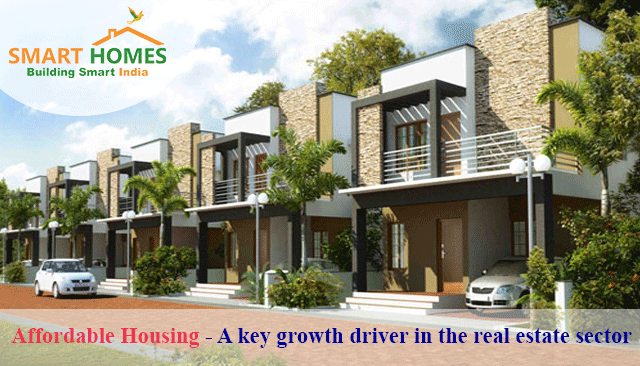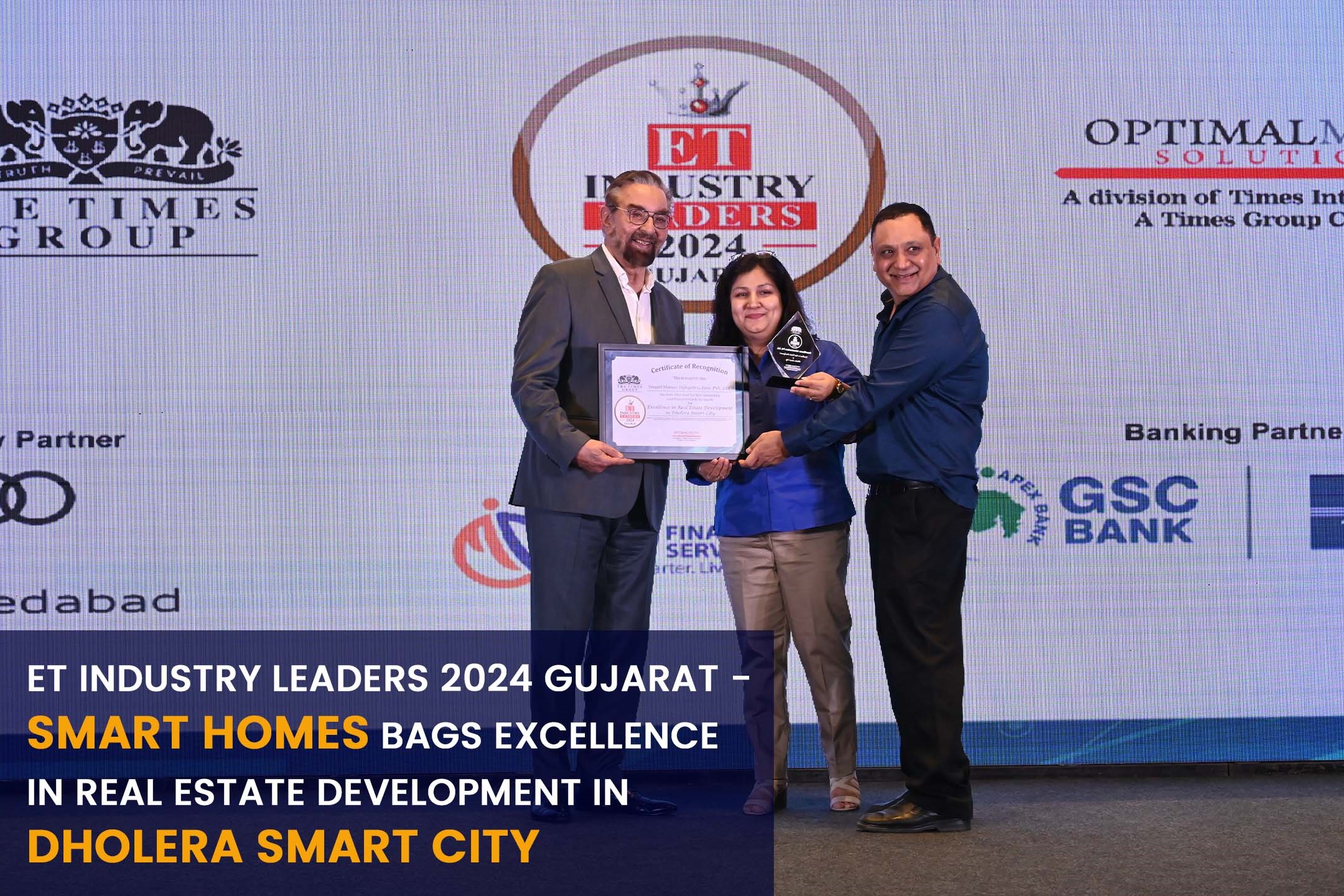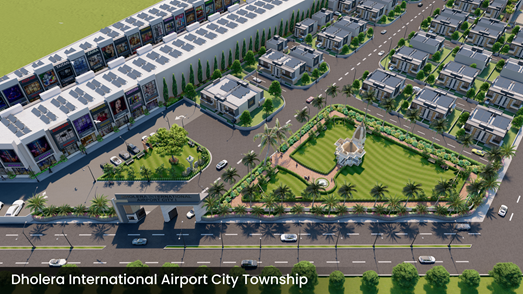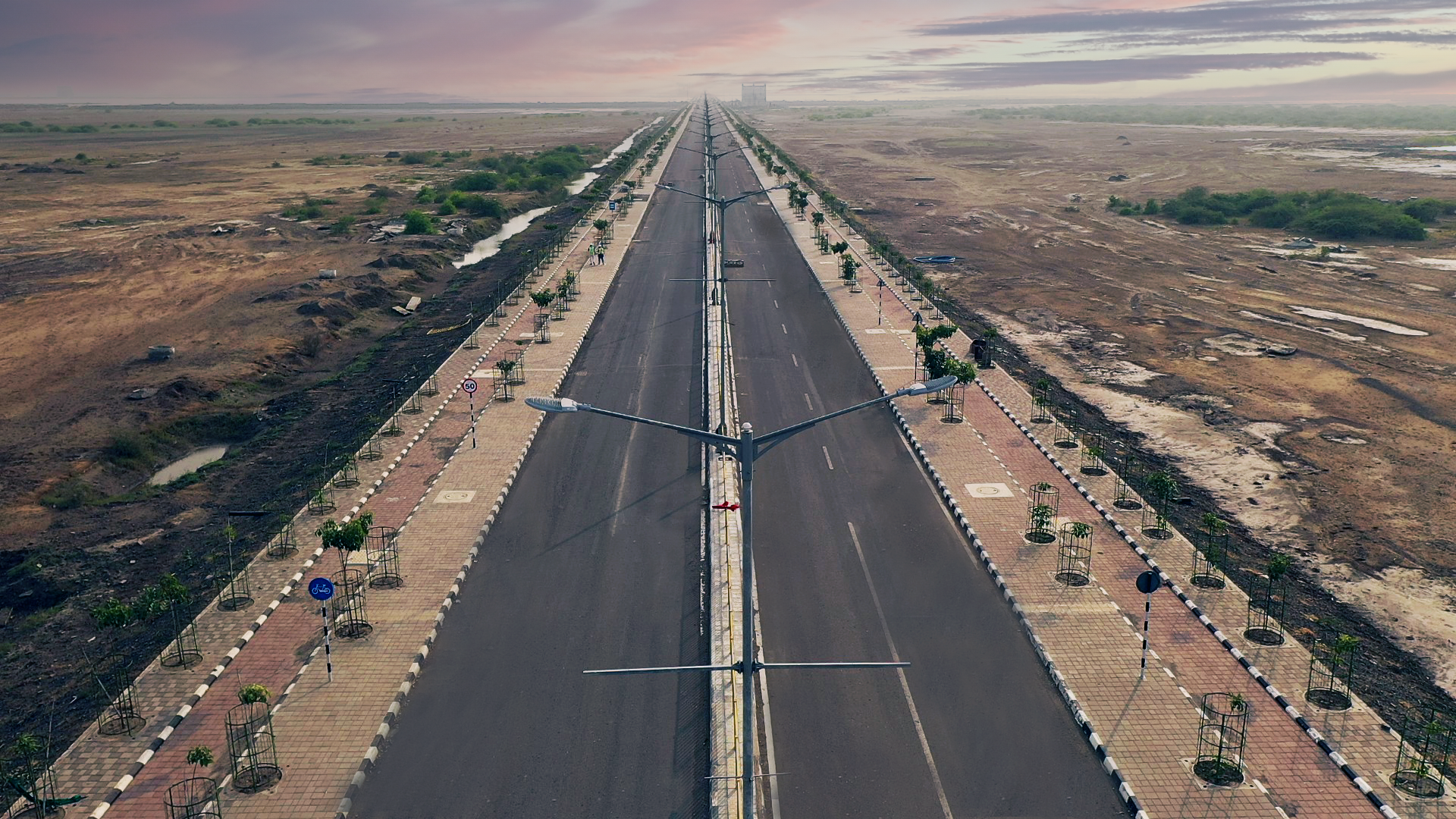Posted: 2016-06-17 11:45:01 by
smarthomes
The big dream is to have housing for all Indians by the year 2022! Over the last decade India has seen a demographic transformation in terms of rising urbanization, increased number of nuclear families and rise in income level thus creating an ever- widening gap between the demand and supply of residential units in the country.
The central government identifies housing as the primary need of every citizen and has therefore launched a mission of creating affordable housing for all by the year 2022. Besides housing sector is an economic booster with tremendous potential contributing to 6 percent of India’s GDP and creating the second largest employment opportunities with 250 ancillary industries attached to it.
Government, to realize this colossal dream, is accelerating its efforts in all spheres including changes in policies and reforms, inviting private players to meet demands, creating better coordination between all authorities, relaxing financing and funding norms, reducing gestation period of projects, correcting excessive fees and charges and much more. To understand how far we are from realization of this vision, it is important to understand the current scenario vis-a-vis bottlenecks and future requirements.
With a rapid increase in annual population, the urban population is estimated to reach 81 crores by the year 2050. An estimated 1 crore homes need to be added year on year to meet the vision demanding creation of 11 crores housing units by the year 2022 of which 6 crore units is the existing shortfall. Of these 70 percent of the houses are needed in the affordable housing sector and shall cater to the housing requirements of Economically Weaker Section(EWS) of the society and residents falling under Lower Income Groups(LIG) with an annual income of less than 2 lacs per annum.
The surprising element is that over 30 percent of the housing need is concentrated in just two states and 70 percent in just nine states namely Uttar Pradesh, Bihar, Maharashtra, West Bengal, Madhya Pradesh, Andhra Pradesh (including Telangana), Rajasthan, Tamil Nadu, and Karnataka.
The total investment expected to accommodate all by 2022 is US$ 3.5 trillion of which US$ 2 trillion is needed to create housing units while US$ 1.5 trillion shall be consumed in creating related infrastructure. This is far more than the annual amount currently invested in housing which amounts to US$ 110-120 billion.
About 1.7 -2.0 lacs hectares of land shall be required to construct these 11 crore new residential units of which 85-90 percent shall be in urban areas. The growth rate requisite for investments shall be at the rate of 12-13 percent CAGR till the year 2022 as against average annual growth rate of 5-6 percent seen in the period 2008-2014.
The challenge is huge and the bottlenecks in our political structure and economy are bound to slow down the growth of the housing infrastructure industry causing sluggishness in the economic development on a whole. Though the major housing requirements are in weaker sections of society for EWS & LIG, the government polices catering to them are old fashioned and ineffective making procuring houses a cumbersome task for them.
Besides the rising cost of land due to massive urbanization making the available land in few concentrated cities more and more expensive is alarming subsequently leading to rising cost per housing unit. Other issues like high building cost, unavailability of skilled labor and the fees and taxes currently amounting to 30-35 percent of the unit cost causes further disparity between the have’s and have not’s.
The long gestation period of projects lasting up to 6-8 years combined with the misery of tough access to approvals and permissions from authorities accelerates the problem. There are major loopholes in the financing system leading to lower availability of funds long term loans to builders causing a vicious circle.
To combat these challenges government is encouraging private sectors to join hands in this mission. A swing in economic reforms such as permitting FDI’s, tax rebates to housing sector, improving access to credit, 100 smart cities and DMIC corridor amongst other infrastructural development have impelled private sectors to become a part of the Housing 2022 dream project.
To ensure development at desired pace, the central government has laid down an agenda based on six themes. These constitute of-
• Strategic Initiatives for further impetus – Government shall take multi layered initiatives to enhance project delivery capabilities and create supportive policies in sync with the vision
• Make strategic investments – Extenuate fees and taxes and facilitate ESW & LIG with lower interest rates, subsidies and micro financing options
• Simplify structural and procedural framework – Streamline and simplify existing norms and revise LARR act to remove complexity.
• Introduce legal and regulatory reforms – Form nodal agency for better coordination and grant infrastructure status to affordable housing.
• Empower the consumer for greater affordability – Greater fund inflow to urban housing development and promote PPP framework.
• Strengthen housing programme delivery – Empower local authorities towards decision making and creating faster approval mechanism supported by new age technology.
Though the road of achieving affordable housing for all by year 2022 looks like a distant dream, Mr. Narendra Modi’s government is leaving no stone unturned to make this impossible possible. It’s not long before India shall see a roof above all heads at affordable cost!
About: Meenakshi Khurana is the Director Client Relations, Sales and Marketing with Smart Homes Infrastructure (P) Ltd. Smart Homes is a professionally managed young organization that specializes in affordable Group Housing and Town Planning Projects in India and plans to build more than 100,000 homes in next decade. Smart Homes has a Team that has over 100 man years of experience in development of apartments in group housing projects and the team has the experience of selling more than 80 million square feet of housing projects across India.







